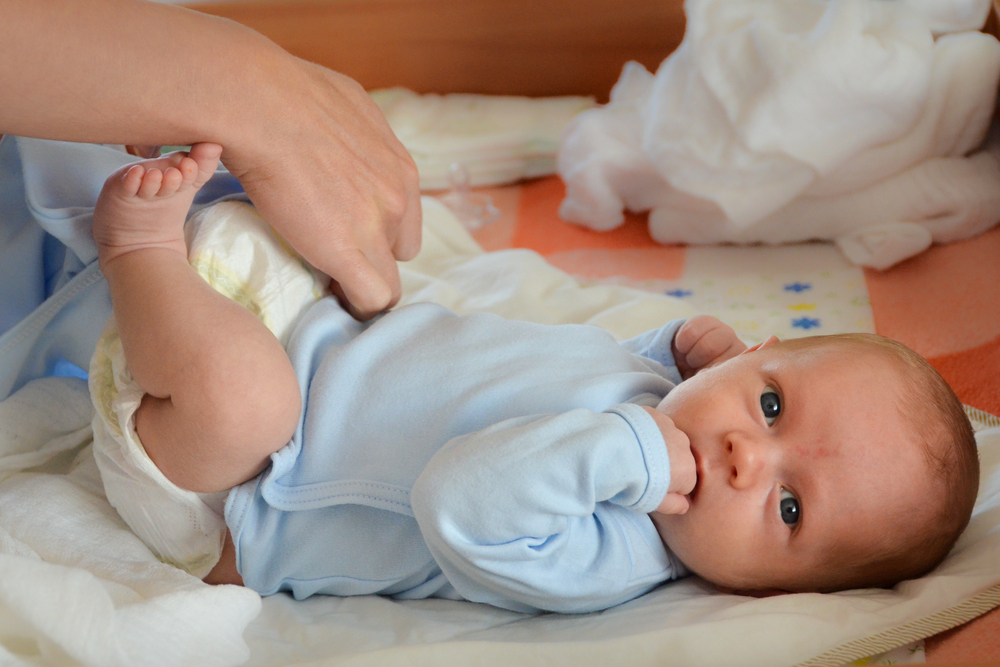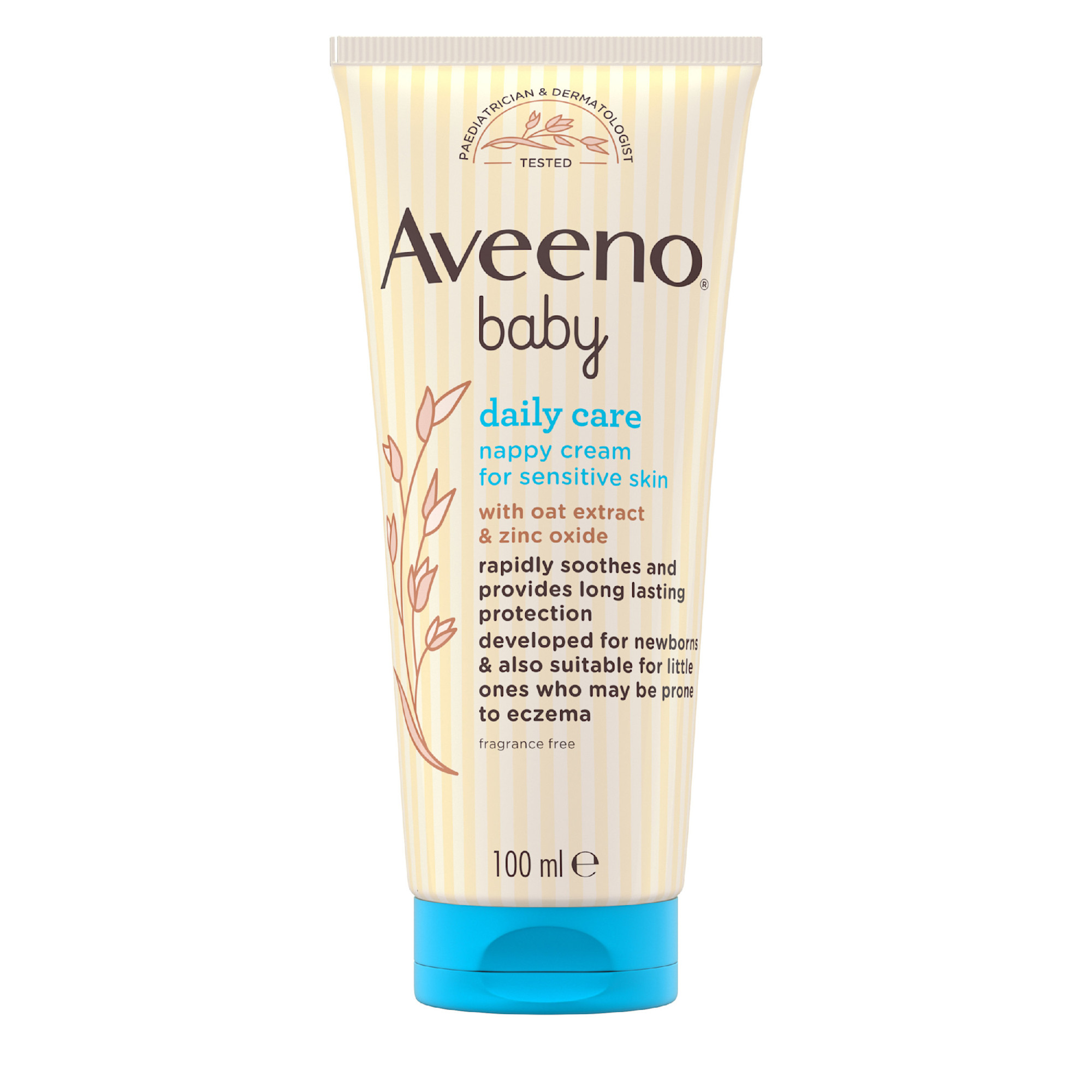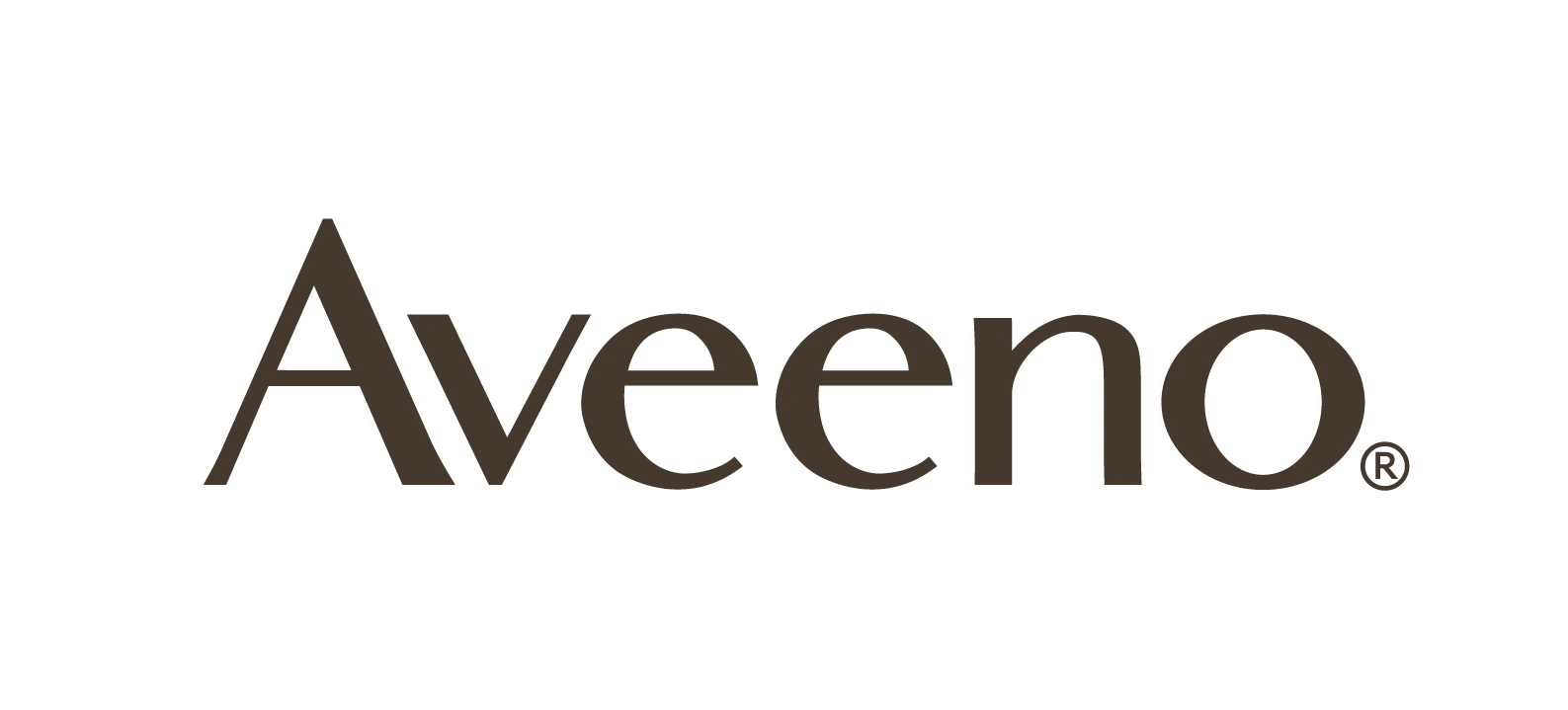Noticed a rash on your baby’s nappy area? This could be nappy rash. Nappy rash is common, affecting up to a third of babies and toddlers at any one time.
Usually, nappy rash is mild and may not trouble your baby. But in some cases, it can be more uncomfortable.
Read on to discover more about nappy rash, from what causes it, to the signs and symptoms to look out for and different treatment options available.

What is nappy rash?
Nappy rash is a rash that appears on the skin in the nappy area.
While it usually doesn’t affect newborns and is most frequent in babies and toddlers, all babies can get nappy rash.
Nappy rash symptoms and signs
Nappy rash typically appears on your baby’s bottom or around the genital area. It can cause the skin to look red, sore and itchy.
Common nappy rash symptoms to look out for include:
Raw red patches on the bottom, or entire nappy area
Sore skin that feels hot
Scaly, dry skin
Itchy, painful bottom
Spots, or blisters on baby’s bottom - can appear as red or brown.
Your baby may also appear distressed or uncomfortable, which could present itself as more fussing and crying during nappy changes
What causes nappy rash?
Nappy rash is commonly caused by irritant dermatits. This means your baby’s skin becomes irritated when it’s exposed to urine and poo for too long. However, infection or an allergic reaction may also cause a nappy rash.
Nappy rash can also be caused by:
Not cleaning the nappy area or changing baby’s nappy frequently enough
The nappy rubbing against baby’s skin
Soaps, detergents, and bubble baths (can sometimes cause an allergic reaction and irritate baby’s skin)
Alcohol based baby wipes
Certain types of medication, such as antibiotics or laxatives (which can make your baby poo more often)
Thrush (a fungal infection)
Heat rash (from hot weather, or overdressing baby)
Food sensitivity (which may also cause other symptoms like hives or wheezing)
Nappy rash treatment options
There are various ways to tackle nappy rash. These can include:
Cosmetic creams
Nappy creams form a barrier on your baby’s skin to help keep urine and poo from irritating it. The AVEENO® Baby Daily Care Nappy Cream creates a protective barrier in the area under the nappy to rapidly restore comfort and visibly improve skin appearance while protecting the skin from the causes of nappy rash.
Simply apply a small amount to the affected area and make sure the product is rubbed in well. If the rash doesn’t get better, speak to your pharmacist, GP, or health visitor.
You can consult your pharmacist for advice on the best nappy rash cream or medicine to use at home.
Medicinal creams, ointments, and antibiotics
A doctor may prescribe appropriate medication if your baby experiences discomfort, or if they think they have an infection. Depending on the cause, they may prescribe:
Steroid cream / ointment for redness and pain.
Antifungal cream, if baby has thrush.
Antibiotics, if baby has an infection.
Speak to a doctor or health visitor if:
The rash doesn’t go away or gets worse.
The rash spreads to other areas.
Baby has a high temperature.
Baby appears to be in a lot of discomfort.
How to prevent nappy rash
The best way to treat nappy rash is to prevent it from occurring in the first place. Here are some practical steps you can take to help prevent nappy rash:
Change dirty or wet nappies as soon as you can.
Clean the nappy area properly (wipe from front to back)
Check baby’s skin is dry before putting on a new nappy – dry by patting with a towel, rather than rubbing the skin.
Avoid products which may irritate baby’s skin – opt for alcohol-free and/or fragrance-free baby wipes, or a clean soft washcloth.
Wash your hands before changing baby’s nappy to avoid the spread of bacteria.
Check your baby’s nappy fits properly and isn’t fastened too tightly to allow for natural airflow.
Let them go nappy free, when possible. This can help air out the nappy area, promote healing and reduce rashes.
Wash reusable nappies with mild, hypoallergenic detergent.
Bath your baby daily, but no more than twice a day, as too much bathing may cause their skin to dry out.
Apply a nappy cream such as AVEENO® Baby Daily Care Nappy Cream on clean & dry baby skin, to help to soothe sensitive and delicate baby skin. The AVEENO® Baby Daily Care Nappy Cream is also clinically proven to protect against the causes of nappy rash from 1st use.

Nappy rash FAQs
How do I treat nappy rash?
If nappy rash is causing your baby distress, a pharmacist may be able to suggest a nappy rash medicine. Sometimes, your GP may prescribe steroid cream/ointment, antibiotics, or antifungal cream if baby is in a lot of discomfort, or if they think baby has an infection.
What should I avoid with nappy rash?
If your baby has nappy rash, avoid soaps, baby products, antiseptics, and talcum powder as these may irritate their skin. Check their nappy isn’t fitted too tightly either, as this can also cause irritation. If you can, try to let them go nappy free where possible and change wet or dirty nappies as soon as you can.
Do baths help nappy rash?
Bathing your baby can help with nappy rash. That said, avoid bathing your baby more than twice a day, as this could cause their skin to dry out. When bathing your baby, avoid soaps, bubble baths, and lotions. Instead, clean your baby’s skin with plain water, or fragrance-free and alcohol-free baby wipes.
